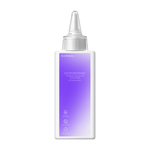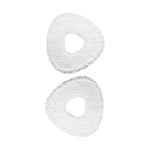Learning how to use a vacuum cleaner properly can make everyday cleaning faster, safer, and more effective. Whether you’re cleaning carpets, tiles, or upholstered furniture, the right techniques help protect surfaces while improving pickup power.
This guide explains how to vacuum different surfaces with the right speed, suction, and direction. You’ll also learn the step-by-step process of using a vacuum from setup to shutdown, and how to get better results using attachments like crevice tools or dusting brushes. For homes with both dry debris and liquid messes, we cover wet and dry vacuum tips to help you clean confidently without damaging your machine.
To keep your vacuum performing at its best, we share essential safety tips, maintenance habits, and an overview of Narwal’s smart features—designed to clean deeper with less effort.
Vacuuming Tips for Different Surfaces
Different surfaces require different vacuuming techniques to clean effectively and safely. This section explains how to use your vacuum cleaner on carpets, hard floors, sofas, beds, and mattresses—ensuring the right suction, direction, and tools for each material. Whether you're dealing with pet hair on upholstery or dust on tiles, these targeted tips help you clean smarter.
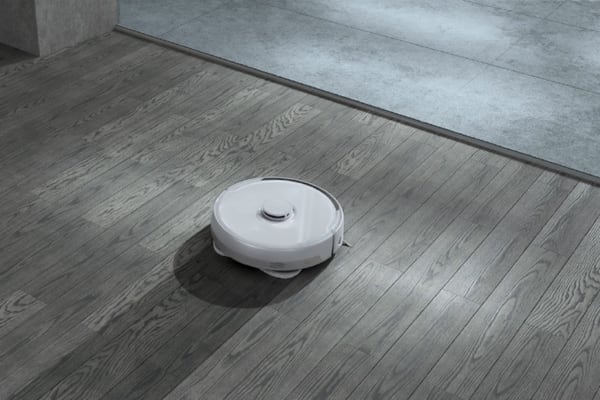
Sofas and Upholstery
Use gentle suction and slow strokes when vacuuming upholstered furniture. Start from the top and move downward. Focus on seams and corners where crumbs and hair often hide. Avoid using high suction, which may stress delicate fabric. For better results, vacuum your sofa once a week, especially if you have pets.
Carpets and Rugs
Go slow. Always vacuum against the nap (the direction fibers naturally lean) to lift dirt trapped at the base. Use Turbo Mode if the surface feels gritty or looks dull. If your vacuum shows a red dirt-level warning, pass over that area again. Vacuuming carpets 2–3 times per week helps prevent deep buildup.
Beds and Mattresses
Dust mites and allergens often collect deep in mattresses. Use your vacuum cleaner in Smart Mode or low suction to clean the surface once a month. Focus on the center, seams, and edges. Skip wet-cleaning functions when vacuuming beds or pillows. Instead, stick to dry suction to avoid moisture buildup. For pillows and duvets, a quick pass before changing sheets helps keep them fresh.
Hard Floors and Tiles
Use long, even strokes with moderate suction. Avoid lifting or tilting the vacuum unnecessarily, as this can reduce pickup power. If your vacuum has Suction Mode, switch to it when removing water spots or wet messes on hard floors. For daily dirt, Smart Mode is usually enough.
Step-by-Step Instructions to Use a Vacuum Cleaner Properly
To vacuum correctly, all you need to do is prep the machine, unlock the handle, power it on, clean in smooth passes, select the right mode, and finish with shutdown and self-cleaning. Here's how to do each step the right way:
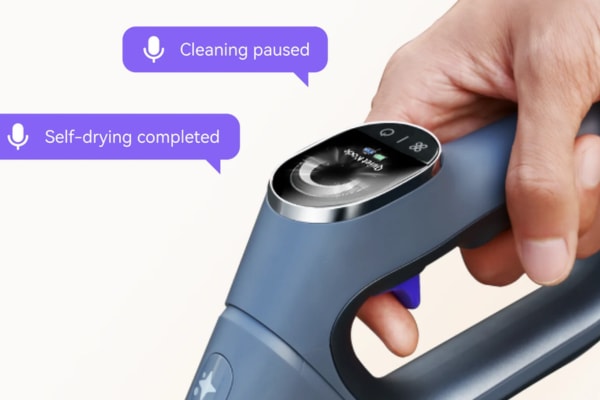
Step 1: Prepare the vacuum
Fill the clean water tank, add detergent if required, and check that the roller brush and filter are clean and properly installed. If your vacuum has a screen, tap any button to wake it up.
Step 2: Unlock the handle
Gently tilt the handle backward. Most vacuums, like the Narwal S20 Pro, won’t start unless the handle is reclined. You’ll hear a click when it’s ready.
Step 3: Power it on
Press the Power button once to start cleaning. If your vacuum has voice prompts or a screen, follow the instructions shown. Some models enter Smart Mode by default.
Step 4: Start vacuuming slowly
Push the vacuum forward and pull it back evenly. Let the roller brush do the work. Avoid fast movements—they pick up less dirt.
Step 5: Choose the right mode
Use Smart Mode for everyday cleaning. Switch to Turbo or MAX mode for tough messes. If the dirt level stays high (red on screen), clean that spot again or run a self-clean cycle.
Step 6: Pause or stop
To pause, stand the handle upright. To shut down, press and hold the Power button for two seconds. When done, place the vacuum back on the base—it will charge and self-clean automatically.
Smart Use of Attachments and Tools
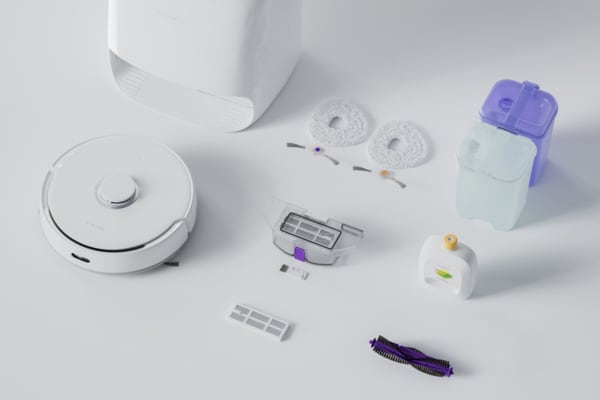
From the hose to the crevice tool, the dusting brush, and the upholstery nozzle, your vacuum’s attachments are built for precision cleaning. But using them the right way takes more than just plugging them in—it’s about how you hold, move, and control each tool for the best results.
To use the hose: Disconnect the main roller head and attach the flexible hose firmly to the body of the vacuum. You’ll hear a click when it’s locked in. Hold the hose near the nozzle, not by the base—it gives you better control in tight spaces. For corners and under furniture, bend the hose gently and move slowly to maintain suction.
To use the crevice tool: Snap the crevice tool onto the end of the hose. Angle it slightly, not straight down, so the edge makes full contact with the surface. This helps extract dirt from corners or window tracks. For deep gaps, use short pulls instead of long drags.
To use the dusting brush: Attach the dusting brush by pushing it onto the hose or wand. Use low or Smart Mode to reduce airflow—it prevents scattering light dust. Glide the brush in gentle circular motions over shelves or keyboards. Avoid pressing down, which can flatten bristles and reduce cleaning efficiency.
To use the upholstery nozzle: Click the flat upholstery tool into place. Hold it flat against fabric surfaces and use overlapping straight strokes. For pet hair, go slower and vacuum in two directions. Avoid using high suction on delicate materials.
Attachments don’t just fit—they function. Take a moment to use them correctly, and your vacuum will do a better job with less effort.
How to Use a Wet and Dry Vacuum Cleaner
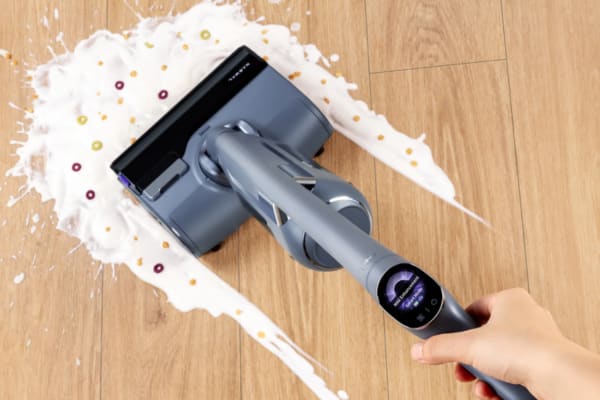
A wet and dry vacuum cleaner lets you clean both dust and liquid messes—but switching between the two isn’t just about changing what you’re cleaning. You also need to adjust how you use the machine.
When dealing with dry debris, just use your vacuum as usual. Start in Smart Mode for everyday messes or switch to Turbo Mode for thicker dirt. Make sure the filter and roller brush are clean before starting.
For wet spills, pause and check that your vacuum is set up for liquid cleaning. On the Narwal S20 Pro, you don’t need to manually switch to wet mode—the smart system automatically detects the change and adjusts suction power and water volume. Still, make sure the clean water tank is full and the detergent is topped up if needed.
When vacuuming liquids:
- Go slower than usual. Let the roller absorb water steadily.
- Avoid large puddles. These machines are made for moist messes, not standing water.
- If you're removing sticky stains, use MAX enhancement to boost performance.
After cleaning any wet area, always run a self-cleaning cycle. This removes moisture from the roller, clears the pipes, and disinfects internal parts. Don’t skip it—moisture left inside can cause odor or damage. Also, empty the dirty water tank immediately and rinse it with clean water.
Used properly, a wet and dry vacuum saves time and effort. Just be sure to treat wet messes as a different type of cleaning task, not just more of the same.
Vacuum Cleaner Safety Tips for Everyday Use
A vacuum cleaner might seem simple, but using it without care can lead to accidents or damage the machine itself. These everyday safety tips help you avoid problems before they happen.
Keep water where it belongs. Even if your vacuum handles wet messes, don’t use it on large puddles or soak-heavy spills. Avoid wet cleaning near power strips, open sockets, or electronics on the floor. Always check that your hands are dry before plugging or unplugging the power cord.
Mind the heating elements. On models like the Narwal S20 Pro, the base includes a heating plate used for drying the roller brush. It can stay hot after use. Never touch it directly—even when the vacuum looks off—and keep children and pets away while it cools.
[cta:narwal-s20-pro-vacuum-mop]
Watch out for cables and cords. Don’t yank the cord from the outlet. Keep it straight and untangled while cleaning to avoid tripping. After use, store it with the cable organizer to prevent wear or short-circuiting.
Handle the vacuum with control. Don’t tilt it sideways or lay it flat after use. Water inside can backflow and damage internal parts. If you need to move it between rooms, carry it by the handle or push it upright like a suitcase.
Create a safe space for cleaning. If you have kids or pets, ask them to stay clear while you vacuum. Sudden movements, noise, or cable pulling can lead to minor injuries—or worse, a knocked-over machine.
Cleaning should make your home safer, not riskier. Following small habits like these ensures your vacuum works better, lasts longer, and keeps everyone protected.
Maintenance Tips to Keep Your Vacuum Performing Well
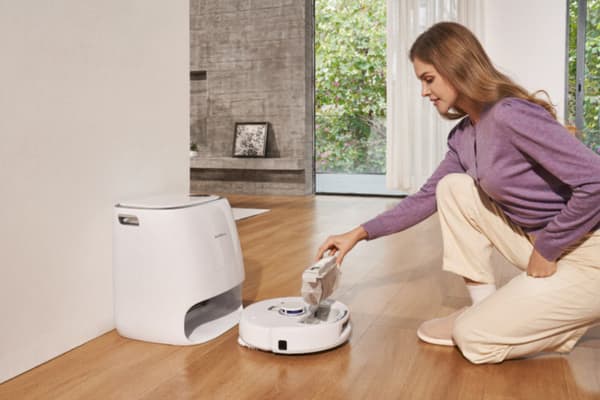
Even the best vacuum won’t perform well if it’s not maintained. Dust builds up, filters clog, and suction drops. But with just a few regular habits, you can keep your vacuum running like new.
Clean the filter regularly. If your vacuum starts losing power, the filter is often to blame. For Narwal S20 Pro, remove and rinse the filter with clean water after every few uses. Shake it dry before reinstalling. For best results, replace it every 3–6 months, depending on usage.
Don’t ignore the roller brush. Hair, string, and lint easily wrap around the roller brush. Remove it every week (or sooner if you have pets), pull off the debris, and rinse it if needed. Narwal’s self-cleaning function helps, but manual cleaning still matters. The system will alert you when the brush is worn out.
Empty and rinse the dirty water tank. After each use—especially wet cleaning—remove the dirty water tank, pour out the water, and rinse it thoroughly. Leaving dirty water inside leads to odors and buildup. Also, clean the solid waste box to prevent blockages.
Watch for smart reminders. If your vacuum has a screen, look for dirt level alerts (yellow or red) and voice prompts. These often indicate that internal parts need cleaning, even if suction still seems strong. Use these signals to stay ahead of performance issues.
Run a full self-clean cycle. After heavy use or wet vacuuming, always place the machine on its base and activate self-cleaning. It washes the internal pipes, sanitizes the roller, and prepares the vacuum for the next job. Don’t skip it—it’s the easiest way to prevent long-term damage.
With just a few minutes of care, you avoid clogs, protect your motor, and make every cleaning session more effective.
Can I use my vacuum cleaner on hardwood floors every day?
Yes. Use a gentle suction mode and a soft roller brush if your vacuum has one. This helps clean effectively while protecting the floor surface from scratches.
What mode should I use for pet hair?
Select Turbo or MAX mode to lift stubborn pet hair. Vacuum slowly over carpets, rugs, and upholstery to pick up hair more thoroughly.
How do I know when my vacuum needs cleaning?
Many smart vacuums, including Narwal models, provide on-screen alerts or voice reminders when it’s time to clean the filter, roller brush, or dirty water tank. Regular maintenance helps preserve performance.
Smarter Cleaning Starts with Narwal Robot Vacuums and Wet Dry Systems
Narwal is more than just a vacuum—it's your cleaning co-pilot. Our robot vacuums and wet and dry vacuums are designed to think ahead, clean deeper, and save you time every day. With intelligent dirt detection, self-cleaning rollers, and hands-free maintenance, you don’t just clean—you upgrade your lifestyle.
Whether you're tackling everyday dust or deep messes, Narwal devices work harder so you don’t have to. From carpets to tiles, dry to wet spills, we handle it all with intelligent automation and powerful performance.
Shopping in Australia? Explore our full range of robot vacuums and wet and dry vacuums on Narwal AU. We support flexible payments via Afterpay, Zip, and Klarna—making it easier than ever to bring smarter cleaning home today.


















































